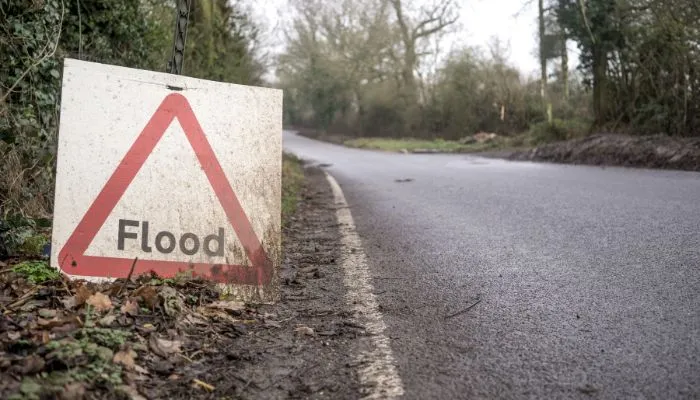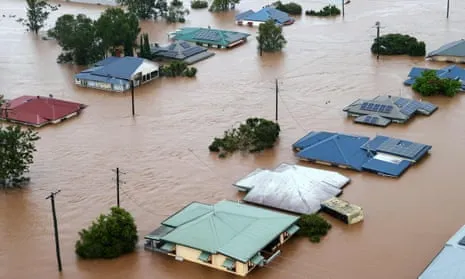The New South Wales government is releasing a draft northern rivers resilient lands strategy on Friday, aiming to address the region’s housing crisis following the devastating floods in 2022. The floods left thousands of people displaced, and many are still unable to return home. The strategy identifies land that could hold more than 10,000 homes across 22 sites in the northern rivers.
The draft strategy includes plans for “immediate on-ground investigations” at 15 sites across the region, with the goal of providing homes for approximately 7,800 residents from areas most affected by the 2022 disasters. An additional seven sites are flagged for medium- to long-term development to support “longer-term community resilience.”
The Northern Rivers Reconstruction Corporation (NRRC) will begin detailed investigations and feasibility studies for each of the 15 initial sites. The studies will examine the types of homes needed in each area, including meeting the needs of renters, workers, and social housing. Six of the sites to be developed in the short term are in the Lismore region, with four slated for work later on.

The region’s mayor, speaking on condition of anonymity, expressed concerns about the lack of detail and insufficient consultation with affected communities. Another mayor praised the development possibilities, but emphasized the need for transparency and decisive action. The MP for Ballina, Tamara Smith, called on the government to release better maps and provide more information for the community to make informed submissions.
The NRRC’s $100 million resilient lands program will support feasibility studies, build critical infrastructure, and acquire land, rather than building homes. The program aims to provide relief to those affected by the floods and address longer-term housing issues. Community feedback will be an important part of the process, which will focus on providing homes for residents, renters, and workers.
In a related report, the state’s auditor general found that the government spent $1.4 billion from a budget of $1.9 billion in response to natural disasters in 2021-22. The report also highlighted that 36 councils did not identify climate change or natural disasters as strategic risks, despite experiencing natural disasters in 2021-22.

